It's Serverless September in a Nutshell! Join us as we unpack our month-long learning journey exploring the core technology pillars for Serverless architectures on Azure. Then end with a look at next steps to build your Cloud-native applications on Azure.
What We'll Cover
- Functions-as-a-Service (FaaS)
- Microservices and Containers
- Serverless Integrations
- End-to-End Solutions
- Developer Tools & #Hacktoberfest

Building Cloud-native Apps
By definition, cloud-native technologies empower organizations to build and run scalable applications in modern, dynamic environments such as public, private, and hybrid clouds. You can learn more about cloud-native in Kendall Roden's #ServerlessSeptember post on Going Cloud-native with Azure Container Apps.
Serveless technologies accelerate productivity and minimize costs for deploying applications at cloud scale. So, what can we build with serverless technologies in cloud-native on Azure? Anything that is event-driven - examples include:
- Microservices - scaled by KEDA-compliant triggers
- Public API Endpoints - scaled by #concurrent HTTP requests
- Event-Driven Applications - scaled by length of message queue
- Web Applications - scaled by #concurrent HTTP requests
- Background Process - scaled by CPU and Memory usage
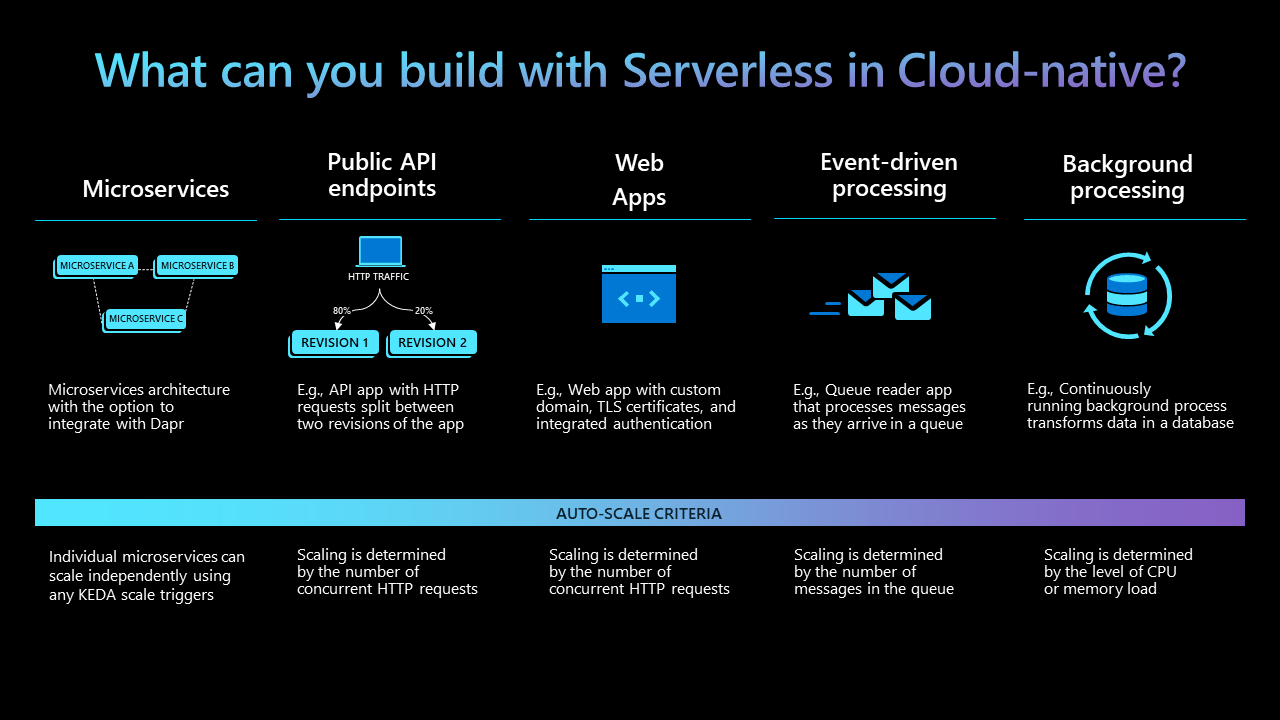
Great - but as developers, we really want to know how we can get started building and deploying serverless solutions on Azure. That was the focus of our #ServerlessSeptember journey. Let's take a quick look at the four key themes.
Functions-as-a-Service (FaaS)
Functions-as-a-Service (FaaS) is the epitome of developer productivity for full-stack modern apps. As developers, you don't manage infrastructure and focus only on business logic and application code. And, with Serverless Compute you only pay for when your code runs - making this the simplest first step to begin migrating your application to cloud-native.
In Azure, FaaS is provided by Azure Functions. Check out our Functions + Serverless on Azure to go from learning core concepts, to building your first Functions app in your programming language of choice. Azure functions support multiple programming languages including C#, F#, Java, JavaScript, Python, Typescript, and PowerShell.
Want to get extended language support for languages like Go, and Rust? You can Use Custom Handlers to make this happen! But what if you want to have long-running functions, or create complex workflows involving more than one function? Read our post on Durable Entities to learn how you can orchestrate this with Azure Functions.
Check out this recent AskTheExpert Q&A session with the Azure Functions team to get answers to popular community questions on Azure Functions features and usage.
Microservices and Containers
Functions-as-a-Service is an ideal first step towards serverless development. But Functions are just one of the 5 pillars of cloud-native. This week we'll look at two of the other pillars: microservices and containers - with specific focus on two core technologies: Azure Container Apps and Dapr (Distributed Application Runtime).
In this 6-part series of posts, we walk through each technology independently, before looking at the value of building Azure Container Apps with Dapr.
- In Hello Container Apps we learned core concepts & deployed our first ACA.
- In Microservices Communication we learned about ACA environments and virtual networks, and how microservices communicate in ACA with a hands-on tutorial.
- In Scaling Your Container Apps we learned about KEDA (Kubernetes Event-Driven Autoscaler) and configuring ACA for autoscaling with KEDA-compliant triggers.
- In Build with Dapr we introduced the Distributed Application Runtime (Dapr), exploring its Building Block APIs and sidecar architecture for working with ACA.
- In Secure ACA Access we learned how to secure ACA access to external services with - and without - Dapr, covering Secret Stores and Managed Identity.
- Finally, Build ACA with Dapr tied it all together with a enterprise app scenario where an orders processor (ACA) uses Dapr APIs (PubSub, State Management) to receive and store order messages from Azure Service Bus.

Check out this recent AskTheExpert Q&A session with the Azure Container Apps team for answers to popular community questions on core features and usage.
Serverless Integrations
In the first half of the month we looked at compute resources for building and deploying serverless applications. In the second half, we look at integration tools and resources that automate developer workflows to streamline the end-to-end developer experience.
In Azure, this is enabled by services like Azure Logic Apps and Azure Event Grid. Azure Logic Apps provides a visual designer to create and automate workflows with little or no code involved. Azure Event Grid provides a highly-scable event broker with support for pub/sub communications to drive async event-driven architectures.
- In Tracking Weather Data Changes With Logic Apps we look at how you can use Logic Apps to integrate the MSN weather service with Azure CosmosDB, allowing automated collection of weather data on changes.
- In Teach the Cloud to Read & Categorize Mail we take it a step further, using Logic Apps to automate a workflow that includes a Computer Vision service to "read" images and store the results to CosmosDB.
- In Integrate with Microsoft Graph we explore a multi-cloud scenario (Azure + M365) where change notifications from Microsoft Graph can be integrated using Logic Apps and Event Hubs to power an onboarding workflow.
- In Cloud Events with Event Grid we learn about the CloudEvents specification (for consistently describing event data) - and learn how Event Grid brokers events in this format. Azure Logic Apps can be an Event handler (subscriber) that uses the event to trigger an automated workflow on receipt.

Want to explore other such integrations? Browse Azure Architectures and filter by selected Azure services for more real-world scenarios.
End-to-End Solutions
We've covered serverless compute solutions (for building your serverless applications) and serverless integration services to automate end-to-end workflows in synchronous or asynchronous event-driven architectures. In this final week, we want to leave you with a sense of end-to-end development tools and use cases that can be enabled by Serverless on Azure. Here are some key examples:
| Article | Description |
|---|---|
 | In this tutorial, you'll learn to deploy a containerized ASP.NET Core 6.0 application to Azure Container Apps - with a Blazor front-end and two Web API projects |
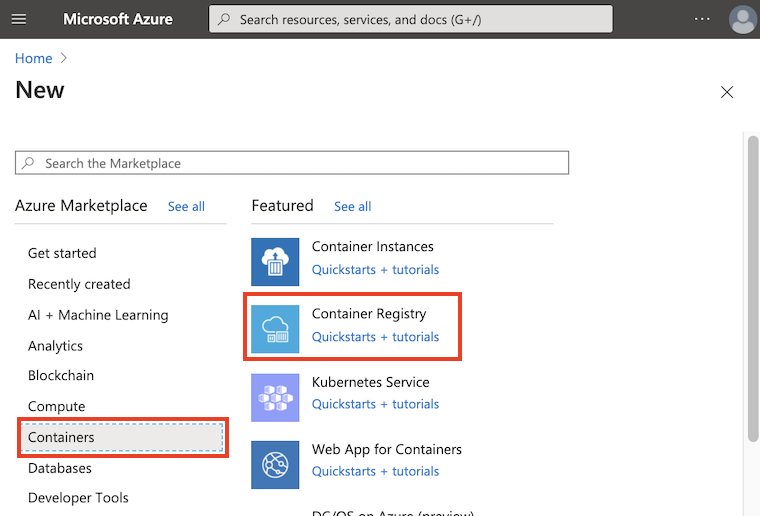 | In this tutorial you learn to build and deploy a Java application running on Spring Boot, by publishing it in a container to Azure Container Registry, then deploying to Azure Container Apps,, from ACR, via the Azure Portal. |
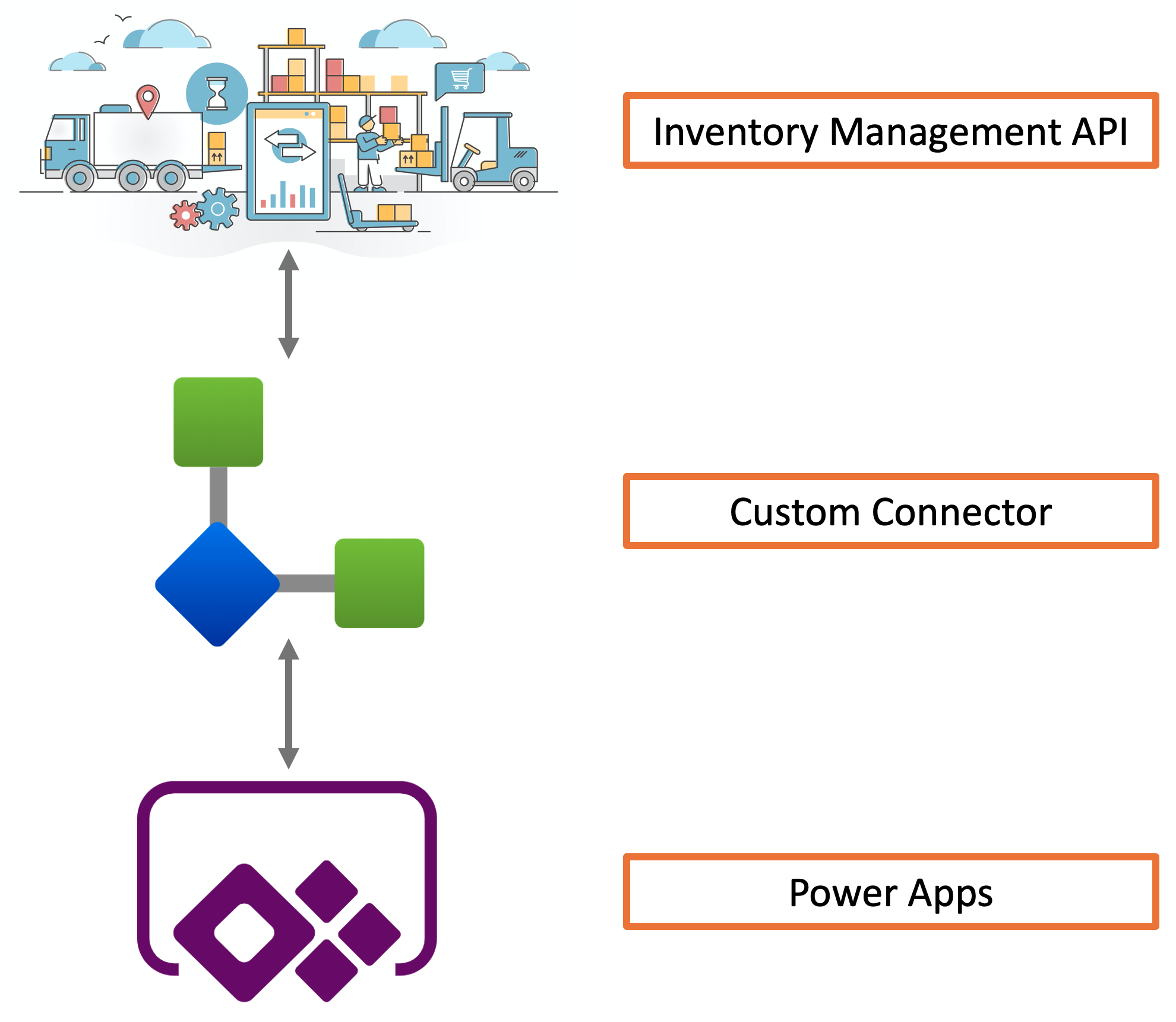 | In this step-by-step tutorial you learn to integrate a serverless application (built on Azure Functions and OpenAPI) with Power Platforms custom connectors via Azure API Management (API-M).This pattern can empower a new ecosystem of fusion apps for cases like inventory management. |
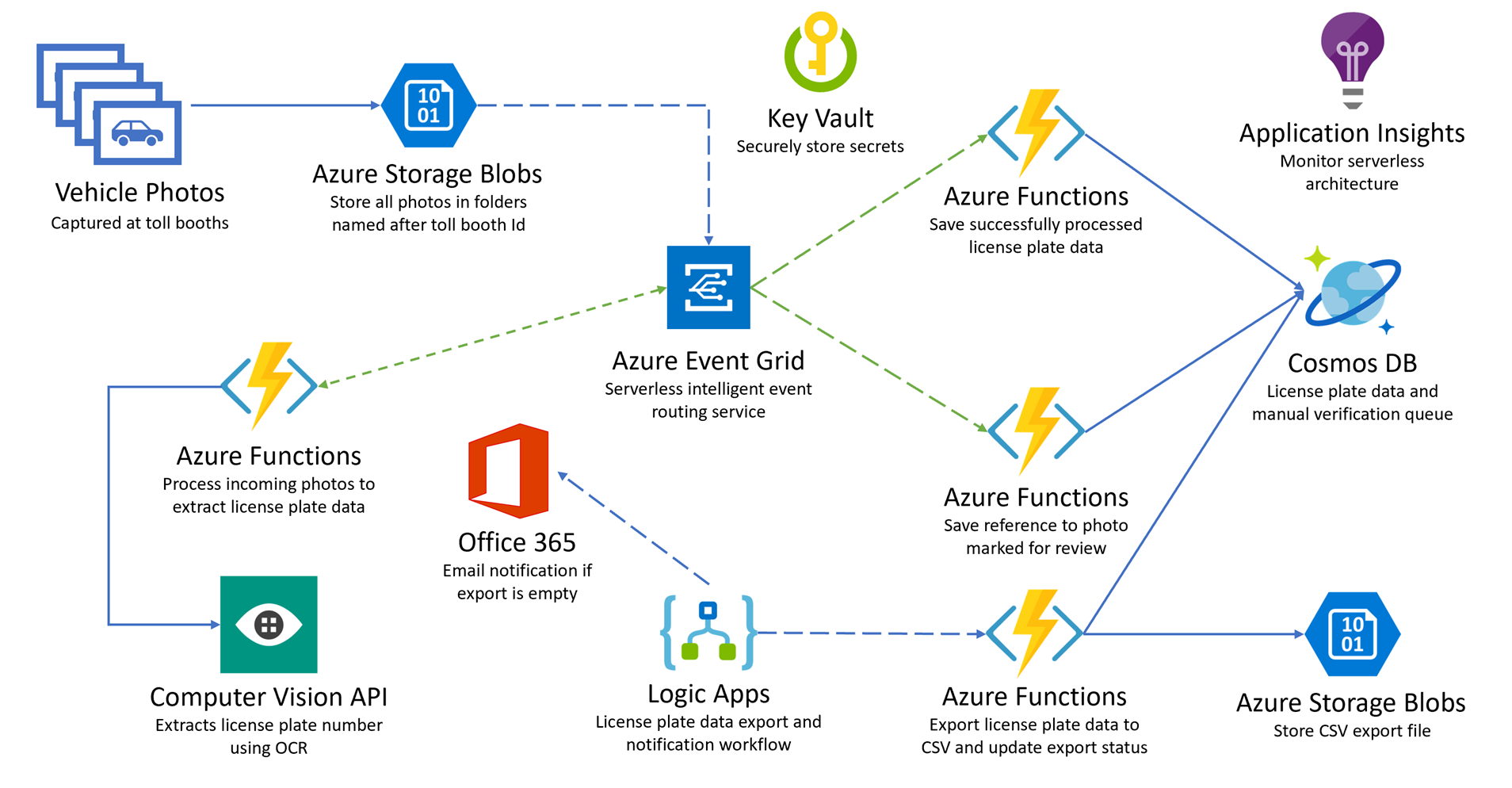 | And in our Serverless Hacks initiative, we walked through an 8-step hack to build a serverless tollbooth. Check out this 12-part video walkthrough of a reference solution using .NET. |
Developer Tools
But wait - there's more. Those are a sample of the end-to-end application scenarios that are built on serverless on Azure. But what about the developer experience? In this article, we say hello to the Azure Developer CLI - an open-source tool that streamlines your develop-deploy workflow, with simple commands that map to core stages of your development journey. Go from code to cloud with one CLI
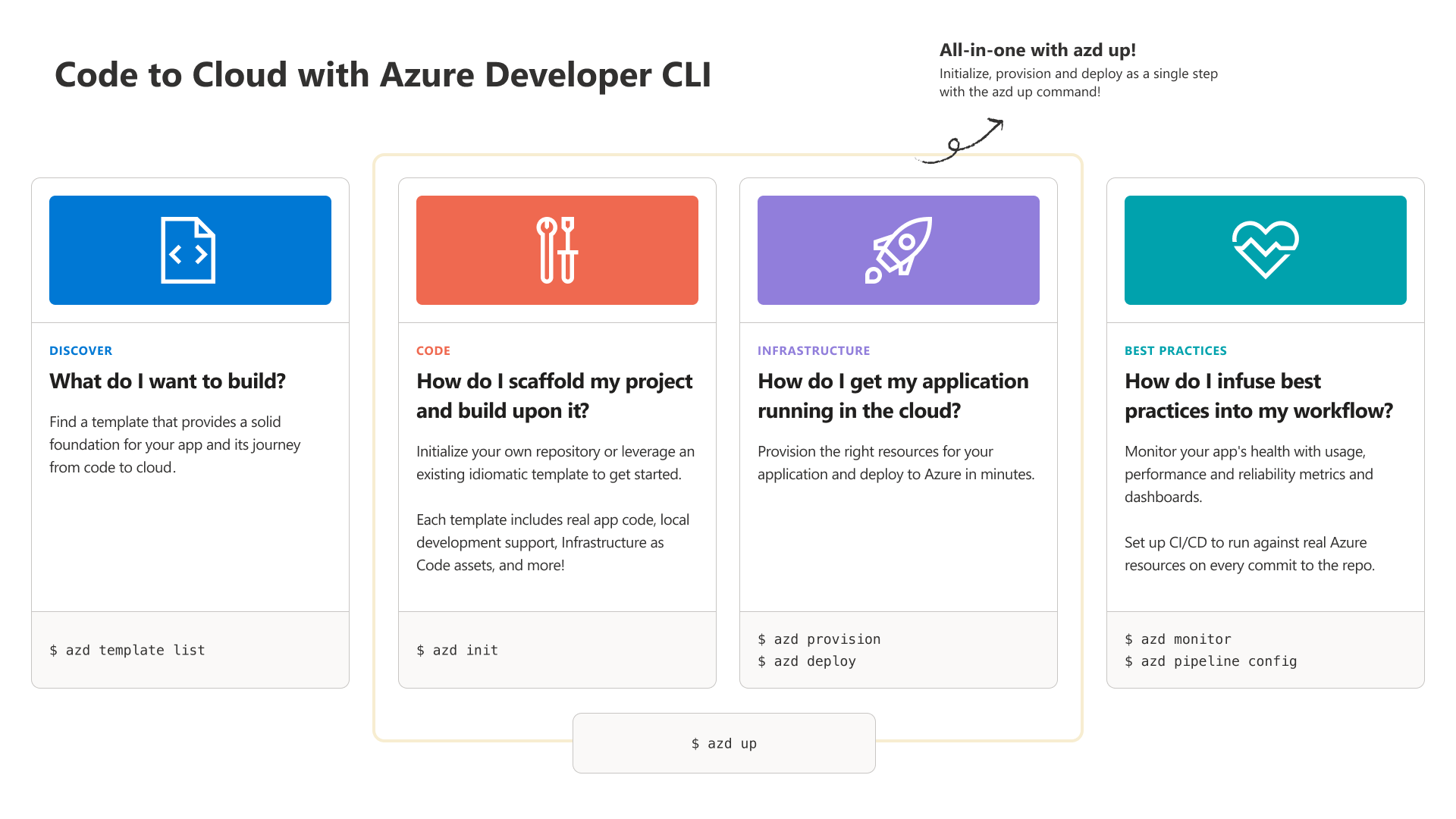
And watch this space for more such tutorials and content through October, including a special #Hacktoberfest focused initiative to encourage and support first-time contributors to open-source. Here's a sneak peek at the project we plan to share - the new awesome-azd templates gallery.
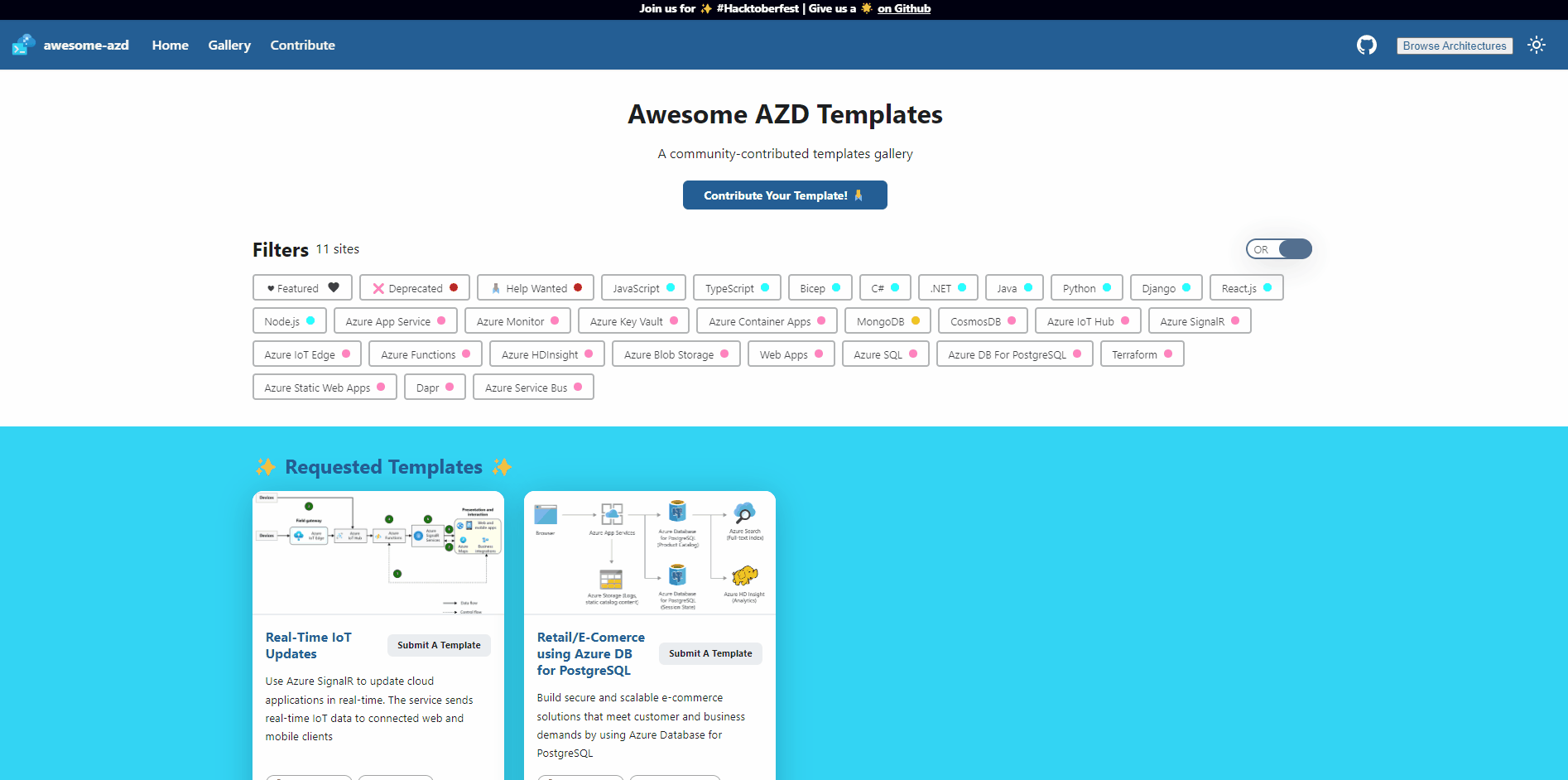
Join us at Microsoft Ignite!
Want to continue your learning journey, and learn about what's next for Serverless on Azure? Microsoft Ignite happens Oct 12-14 this year and has multiple sessions on relevant technologies and tools. Check out the Session Catalog and register here to attend online.
